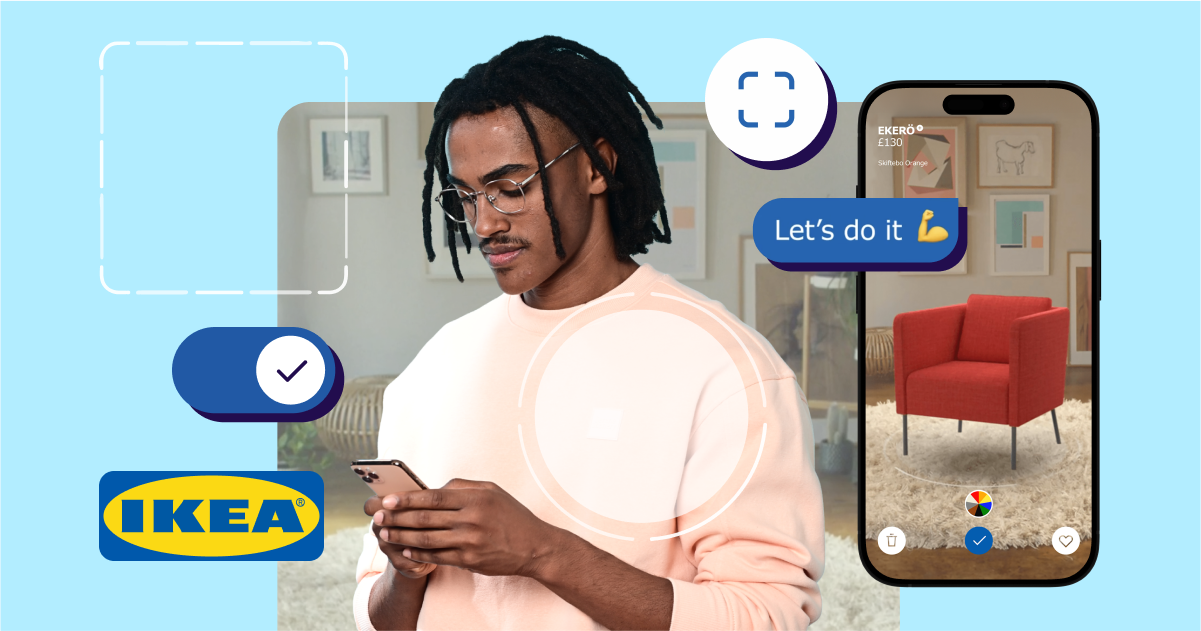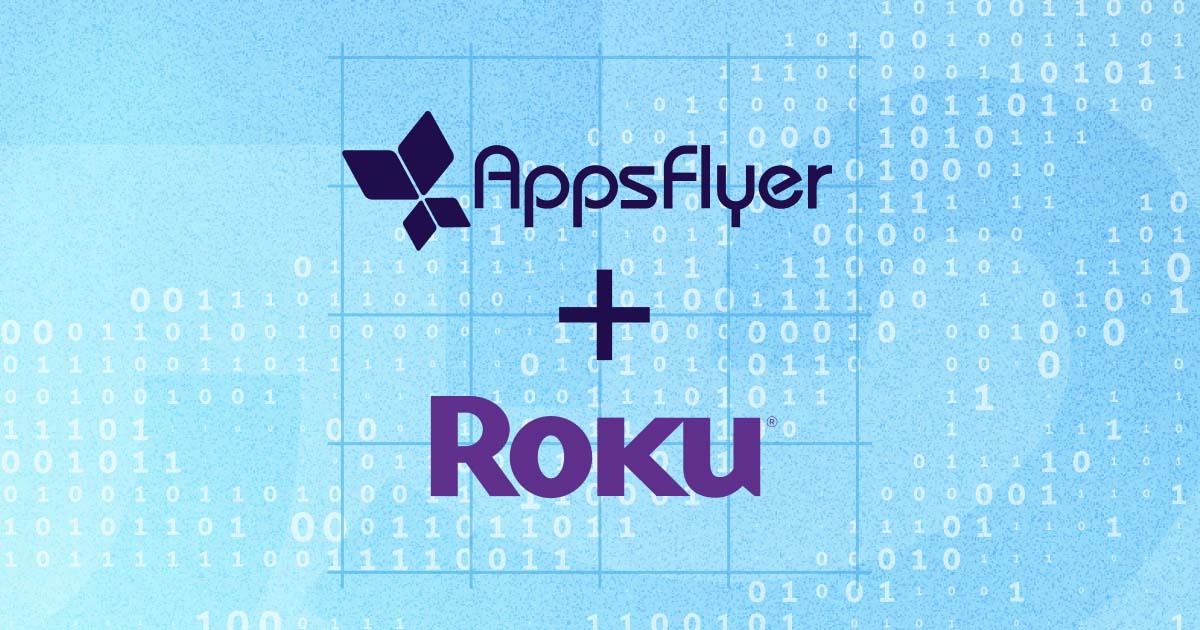
Inside the data handshake powering the new wave of retail media

Back in 2021, when industry analyst Eric Seufert said, “everything is an ad network,” it sounded pretty bold. At the time, it was mostly the Walmarts and Amazons of the world playing in this space — not the tidal wave of specialty retailers, grocers, airlines, and banks we’re seeing today.
Fast forward a few years, and Eric’s call is looking spot-on.
Today, companies across every sector are spinning up ad networks, fueled by consumer data. It’s not just about selling products anymore — it’s about building new revenue streams and unlocking bigger business opportunities. Off-site retail media ad spending is projected to grow 163.6% between 2024 and 2028, reaching $28.05 billion by 2028 (eMarketer).
But none of this works without trust.
At the core of every ad network lies an unspoken deal — consumers share their data, and in return, they expect value. That value exchange depends on two key seemingly contradictory ingredients: privacy and personalization. And the secret sauce behind it all? Data Collaboration.
Everything is [indeed] an ad network
Retail media networks might have kicked things off, but the ad network model isn’t just for big box stores anymore. Today, you name it, they have it — fitness apps, airlines, banks, etc.. Even finance giants like PayPal, Chase, Revolut, and Mastercard have jumped on the media network bandwagon in a big way over the last 18 months.
The retail media surge is creating massive opportunities — not just for brands building their own networks, but for industries that have traditionally been relatively data-poor, like consumer packaged goods (CPG). With access to richer datasets, these brands can tap into new revenue streams and create much sharper and smarter customer experiences.
The value exchange: privacy, personalization, and consent
Collecting data isn’t enough anymore.
Consumers are smarter — they know their data has value, and they expect something meaningful in return. Consent is step one. But personalization? That’s the real payoff.
People don’t hate ads — they hate bad irrelevant ads.
When companies like United Airlines or PayPal use data thoughtfully, they’re not just pushing ads — they’re delivering experiences that feel helpful and personal.
Imagine landing in a new city and getting a curated list of restaurants you’ll actually want to visit. That’s personalization done right. It builds trust because consumers see that their data is making their lives easier, not just fueling sales.
Personalization starts with collaboration
No single company has a full picture of their customers anymore.
To deliver real personalization, brands need to work together — securely and responsibly.
That’s why data collaboration is becoming a must-have.
For example, a bank might partner with a retailer to deliver smarter credit card offers based on shopping habits. Or an airline could suggest local events based on a customer’s travel plans. CPG brands can finally break out of broad, scattershot marketing by partnering with platforms that have richer, real-time customer insights.
These collaborations create a win-win-win:
- Consumers get more relevant experiences.
- Brands unlock better targeting and new revenue.
- Networks deepen their value and extend their reach.
At the end of the day, it’s about meeting consumers where they are — with the right message, at the right moment.
Privacy tech and standards are the backbone
Collaboration only works if it’s built on trust, and that trust must be underpinned by real privacy solutions and clear standards. Last November, the FTC clearly stated that the ecosystem needs transparent, enforceable definitions, not just marketing slogans.
Privacy-preserving technologies like data clean rooms, differential privacy, and secure multi-party computation are reshaping the way brands can collaborate without exposing consumer identities. But without consistent standards, even the best technology can’t protect the fragile trust being built.
Measurement: proving value in a privacy-first world
As brands embrace collaboration and privacy-driven innovation, measurement becomes the next critical pillar. Accurately measuring the effectiveness of retail media networks, partnerships, and personalization efforts is essential for sustaining trust and demonstrating real business impact.
Measurement can be challenging, especially when attributing conversions accurately across different platforms, which often leads to double-counting and skewed results. Similarly, accurately linking ad spend to specific product sales, especially in complex retail environments, poses another significant challenge. For strategies on navigating these complexities, check out AppsFlyer’s Retail Media Measurement Guide.
Key takeaways
Navigating the new world of ad networks and data collaboration can be complex—but focusing on these core elements will help your brand build stronger consumer relationships and unlock lasting business growth.
- Build trust first: If you want consumer data, offer real value in exchange. Privacy isn’t a nice-to-have; it’s the foundation.
- Team up to personalize: You can’t win alone. Collaborate securely with partners to gain deeper insights and deliver experiences your customers truly value.
- Measure everything: If you can’t show results, you can’t keep trust. Clear, transparent measurement helps everyone understand what’s working—and why.
- Tech and standards matter: Solid technology and clear privacy standards aren’t optional. They’re essential tools for protecting your relationships with customers and partners.




